With many different types of excavators on the market today, it can be difficult to determine which one is right for your needs. This blog post will discuss the different classifications of excavators to help you decide which type is best for your business.

What types of excavators are there?
(1) Common excavators include internal combustion engine-driven excavators and electric-driven excavators according to their driving methods. Electric excavators are mainly used in plateau hypoxia, underground mines and other flammable and explosive places.
(2) According to the different walking methods, it can be divided into crawler excavators and wheeled excavators. Crawler excavators are widely used and can operate in mines or places with harsh working conditions. However, the mobility is biased, and the price is higher than that of wheeled excavators. Wheeled excavators have small investments and fast action speed, but The scope of use is narrow, mainly for road administration or urban engineering, and the climbing ability is poor.
(3) The different transmission methods are divided into hydraulic excavators and mechanical excavators. Hydraulic excavators rely on hydraulic cylinders and are multi-functional machines. They are widely used in transportation, mining and other mechanical construction. They can ensure quality and quantity and play a significant role in improving labour productivity. Mechanical excavators rely on wire ropes and gears. The runner operation uses the bucket to excavate the material above or below the bearing surface and load it into the transport vehicle or unload it to the stockyard. The excavated materials are mainly soil, coal, silt and pre-loose soil. And rocks.
(4) According to the use, excavators can be divided into general excavators, mining excavators, marine excavators, special excavators, and other categories.
(5) According to the bucket, excavators can be divided into the front shovel, backhoe, dragline and grab a shovel.
The bucket can be divided into a front shovel and a backhoe. Front shovels are mainly used to excavate materials above the surface, and backhoes are primarily utilised for excavating materials below the surface. The front shovel bucket is more giant than the backhoe of the exact equivalent.
backhoe excavator
The backhoe is the most common, a back-down, forced cut. It can be used for excavation below the shutdown working surface. The basic operation methods are ditch end excavation, side excavation, straight-line excavation, curved excavation, a certain angle, ultra-deep trench excavation and trench slope excavation.
Front shovel excavator
The shovel action form of a front shovel excavator. Its characteristics are “forward and upward, forced soil cutting”. The front shovel has a large digging force and can excavate the soil above the stop surface. It is suitable for excavating dry foundation pits with more than 2m, but up and down ramps must be set up. The front shovel bucket is larger than that of the backhoe excavator of the same equivalent. It can excavate the first to third types of soil with a moisture content of not more than 27% and cooperate with the dump truck to complete the entire excavation and transportation operation. It can also excavate the soil—large dry foundation pits and mounds, etc. The excavation method of the front shovel is based on the difference between the excavation route and the relative position of the transport vehicle. There are two ways of digging and unloading: forward and side unloading, forward and reverse. To unload soil.
How to choose the excavator that suits you?

When choosing the type of excavator that suits your needs, you need to consider several factors. The most crucial factor is the size of the excavator; you need to choose an excavator that is big enough to handle the job but not too big or too small.
Another factor you need to consider is the type of terrain you will be working on; if you work in a tight space, you will need to choose a compact excavator. If you are working on unstable terrain, you need to select a crawler excavator, and if you are working on a large project, you need to choose a wheeled excavator.
Finally, you need to consider your budget; excavators can be expensive, so you need to ensure that the excavator you choose is within your price range.
Once you have considered all of these factors, you can choose the right type of excavator for your needs.
How should the mini excavator be maintained?

The daily maintenance and maintenance of the excavator can reduce the failure of the excavator and greatly prolong its service life. Then, what should we pay attention to in the daily care of the excavator?
(1) Bolts: During the disassembly process of the excavator, many bolts in the parts have torque requirements, such as the gearbox, cylinder head, wheel hub, connecting rod and the front axle. The tightening torque is listed in the manual. The response provisions cannot be changed at will. But many users mistakenly believe that it is safer to be tighter. Over-tightening will cause the screw or bolt to break and may also cause failure due to the threaded slip.
(2) Water tank: The most common problem with the water tank is the rust and scaling. The rust and scale will restrict the coolant flow, reduce the heat dissipation effect, cause the engine to overheat, and even cause engine damage. The oxidation of the coolant will also form acidic substances, which corrode the metal parts in the water tank and cause the water tank to be damaged and leak. Regular use of cleaning agents to clean the scale can ensure the normal operation of the engine and improve the service life of the water tank.
(3) Fuel oil: Different brands of diesel oil should be selected according to different environments. Diesel oil should not be mixed with other impurities. Otherwise, the fuel pump will be worn out. After the daily operation is completed, it should be filled with fuel oil to prevent water droplets from generating inside the fuel tank. Open the drain valve at the bottom of the fuel tank to drain water before daily work. After the engine is replaced with the filter element, the air in the pipeline must be drained as soon as possible.
(4) Tires: Too high or too low tire inflation pressure of the tire excavator will affect its service life and work efficiency, which is also not conducive to safe driving. Scientific inflation standard: Based on the standard air pressure of the tire, slightly adjust the tire air pressure as the actual temperature changes. For example, considering that the air temperature is high in summer, the gas is heated, and the pressure increases. On the contrary, the standard air pressure must be reached or slightly lower in winter, and the tire pressure in summer should be 5%-7% lower than that of winter tires.
(5) Air filter element: The air intake system of the engine is mainly composed of an air filter element and an intake port. The air filter element should be cleaned regularly according to different usage conditions. The available methods include blowing high-pressure air from the inside to the outside to blow out the dust in the filter element. Since the air filter element is made of paper, pay attention to the air pressure not to damage the filter element when blowing. The air filter element generally needs to be replaced after three cleanings and cannot be used for a long time.
Do you have any questions about excavators? Leave a comment below, and we’ll be happy to answer your questions; thanks for reading!


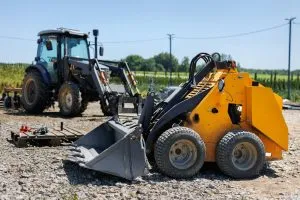
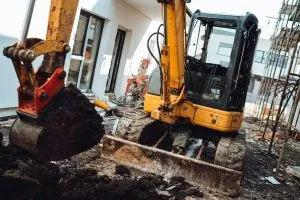
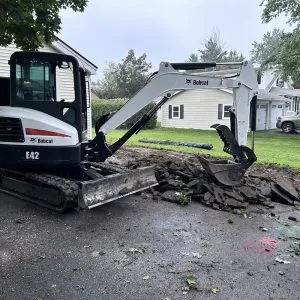
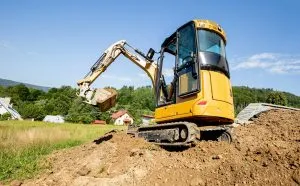
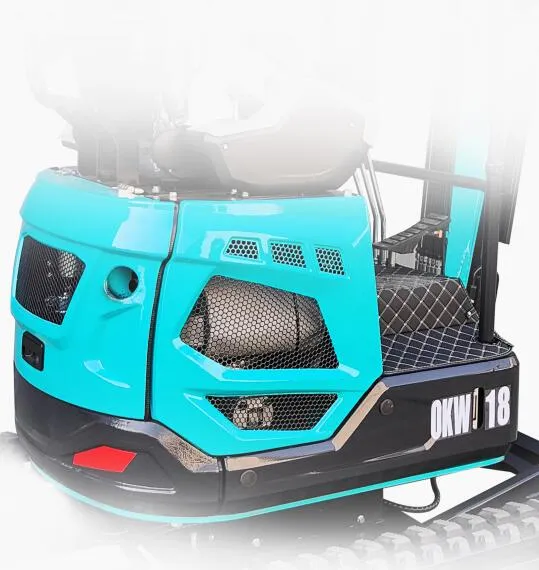
2 Responses
I totally agree when you said that maintaining the machines daily will prevent any failure of the excavator and keep it working for a long time. With that in mind, earthmoving services or companies should invest in maintenance professionals to keep their equipment in great condition. In that case, they can definitely save in the long run by not needing repair works or replacements.
To date, the most common excavators involved in solving construction problems are universal machines with wheeled or caterpillar chassis, one bucket, powered by a hydraulic drive, mounted on a boom of complex configuration, the so-called “breaking”.